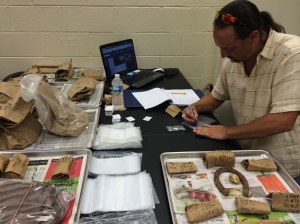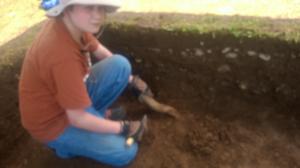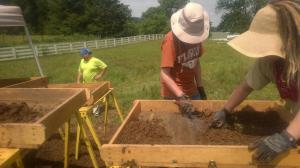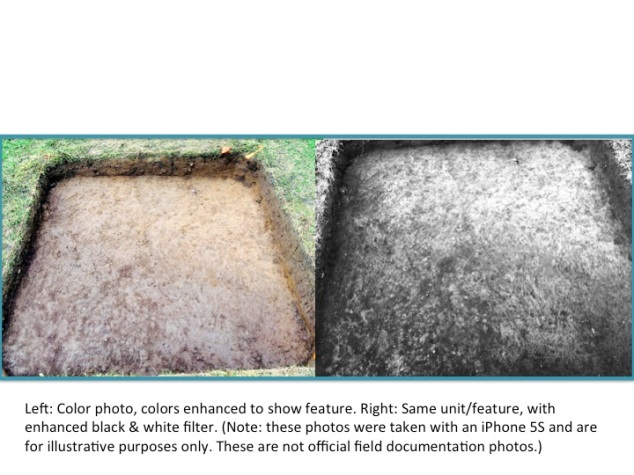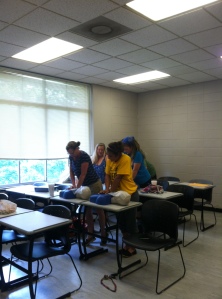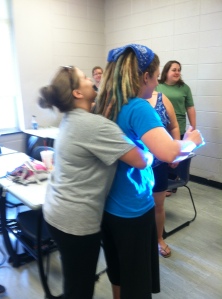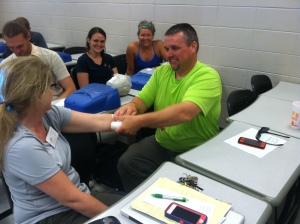RCARP operations moved to the lab in July after a much-needed week off following the end of fieldwork.
Did you know that fieldwork is just a small fraction of how an archaeologist spends her/his time? A general rule of thumb for how an archaeologist spends their time is: one 40 hour week in the field (per person) = three 40 hour weeks in the lab (per person). We spent SEVEN 40 hour weeks in the field at Magnolia Valley. This equals twenty-one 40 hour weeks in the lab. But wait, that is per person. Our crew consisted of 17 people on site each day. That means we can look forward to 357 40-hour weeks in the lab (not including the Geophysical survey and data analysis). This time will be spent washing and sorting artifacts, processing 100% samples through a process called flotation, checking all field notes and forms, digitizing field maps, analyzing and cataloguing artifacts, entering data, and eventually writing reports, articles, lectures, posters, blog posts, and public talks.
Today we will get a glimpse on how we start to tackle that long to-do list.
Two weeks ago we began the long process of organizing the hundreds of bags of artifacts and double-checking that all information on the bags and in the FS log are the same. FS stands for Field Specimen number (abbreviated on all paperwork and bags as FS#). This is a unique number given to each different provenience during excavation. For example, a shovel test will get its own FS number so that no two shovel tests have the same FS#. Each 10-cm level of an excavation unit is assigned its own FS#. The artifact bags are arranged in boxes FS# order, from 1 to 345. This corresponds with the FS Log and allows us to quickly locate any given bag of artifacts we are interested in.
As the bags are being checked for accurate information, all artifacts within them are also being washed, dried, sorted by artifact category, and re-bagged. This is the initial step in analysis, which will commence once all of the artifact bags have undergone this process. You can read more about how we go about washing artifacts and also the flotation process in the coming days.

